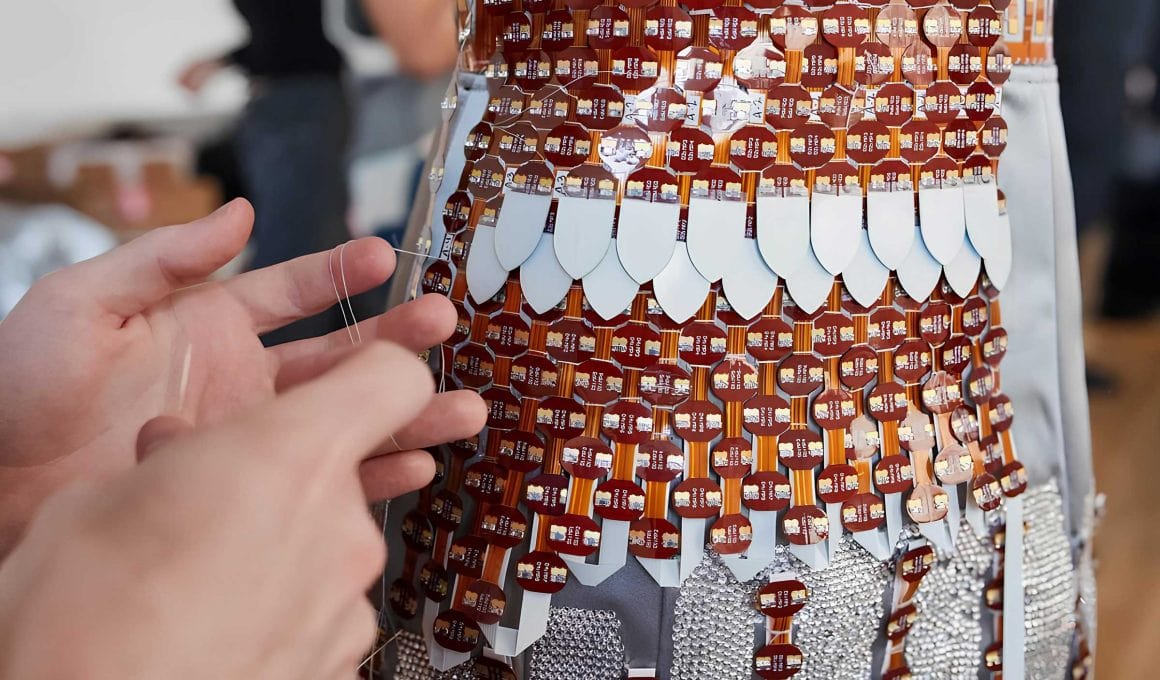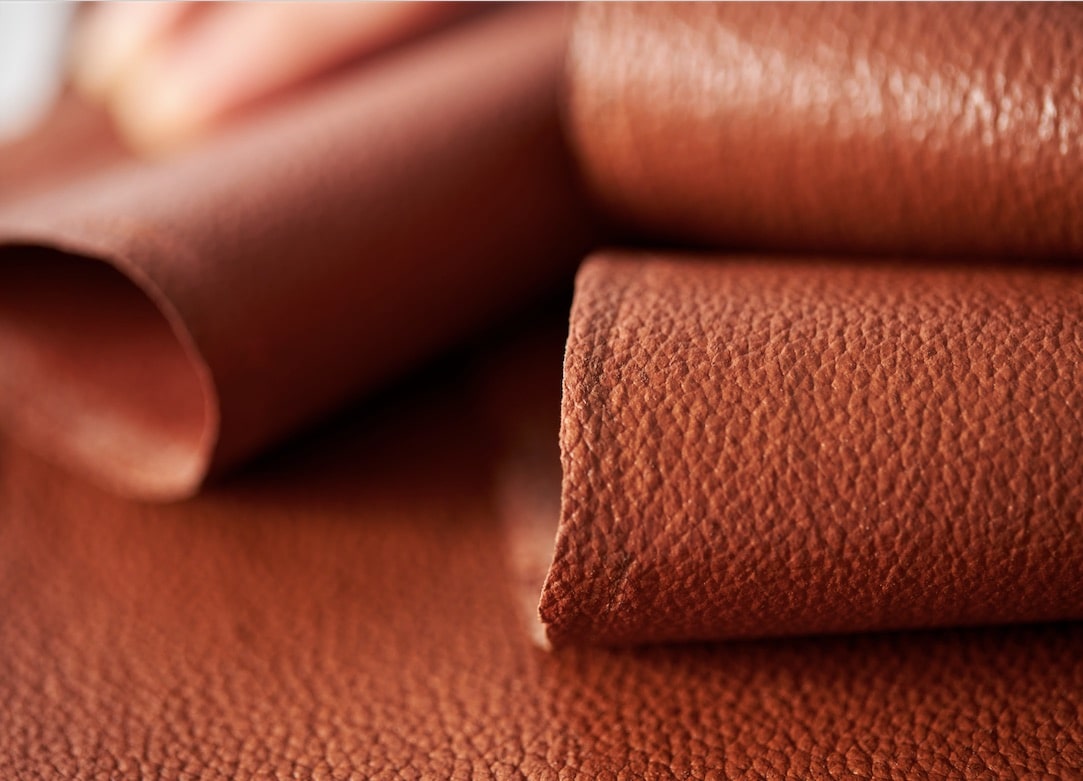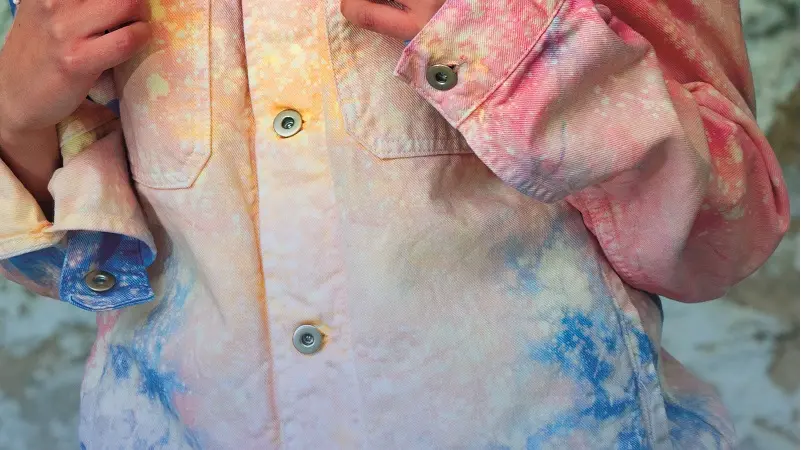
Sustainable dyes
Despite its great economic impact the global textile and fashion industry is also one of the main polluters. The sector uses about a quarter of the world’s chemicals by volume and is involved in the production of between 5% and 10% of all global carbon emissions.
The dyeing process alone uses about 5 trillion liters of water every year.
Toxic chemicals are often dumped into water supplies, a major problem especially in developing countries where regulations are often much less restrictive.
To address this problem, more and more companies are committed to finding sustainable dyeing techniques to replace traditional dyeing processes.
The solutions implemented range from the use of pre- and post-consumer waste, to the recovery of by-products from the food industry, to the development of methods based on bacterial fermentation.
The first example, Recycrom™ readytodye by Officina+39, is a sustainable garment dyeing process based on the recycling of pre- and post-consumer textile waste.
Through a sophisticated process, the company has developed a system to rework waste and transform textile fibers into colored powder. The textile fibers are crystallized into a fine powder that can be used as a pigment dye for fabrics and garments made of cotton, wool, nylon, or any natural or blended fiber. Recycrom™ can be applied using various methods: immersion, spraying, screen printing, and coating. From 100 kg of textile waste, the process can create enough dye for 20,000 t-shirts.
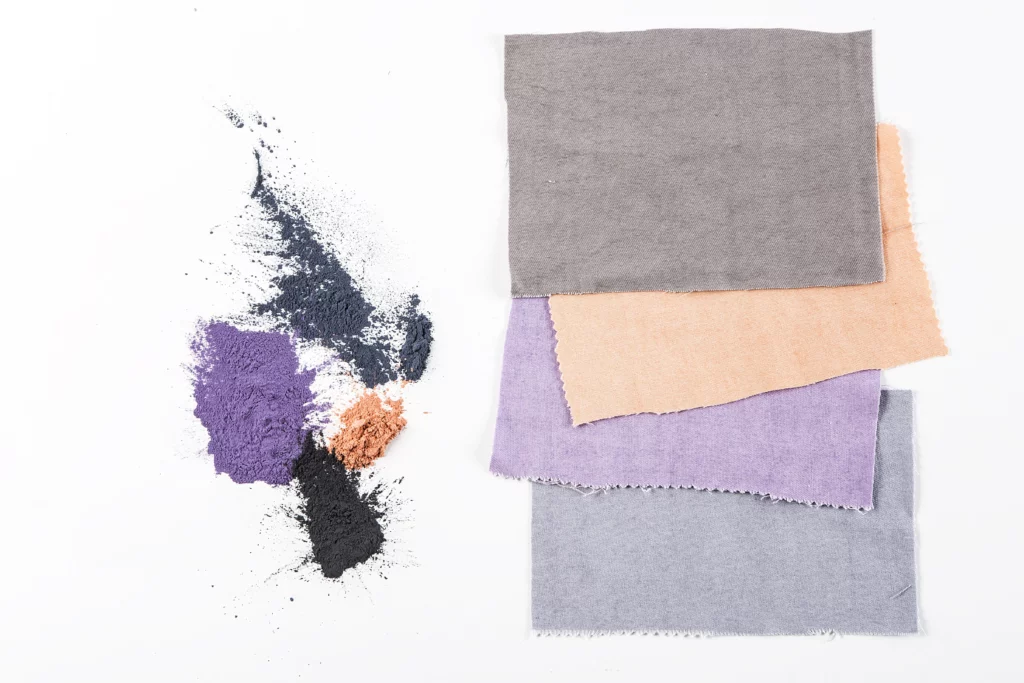
From the recycling of textile waste, we move on to a type of dyeing obtained from the processing of a by-product from the food industry.
“Off the grain” is an upcycling project born from the research work of ALBINI_next in collaboration with Riso Gallo, one of the oldest rice mills in Italy.
Once the rice has matured in the Lombard and Piedmontese fields, it is harvested and subjected to a series of processes to be sold and consumed. Once the treatment is finished, the water is disposed of, as it is no longer usable for the food chain. ALBINI_next recovers that boiling water and transforms it into a natural dye, capable of giving fabrics natural colors ranging from ochre to wine, to bordeaux and dark brown. This process guarantees a water saving of between 30% and 40% compared to traditional methods.
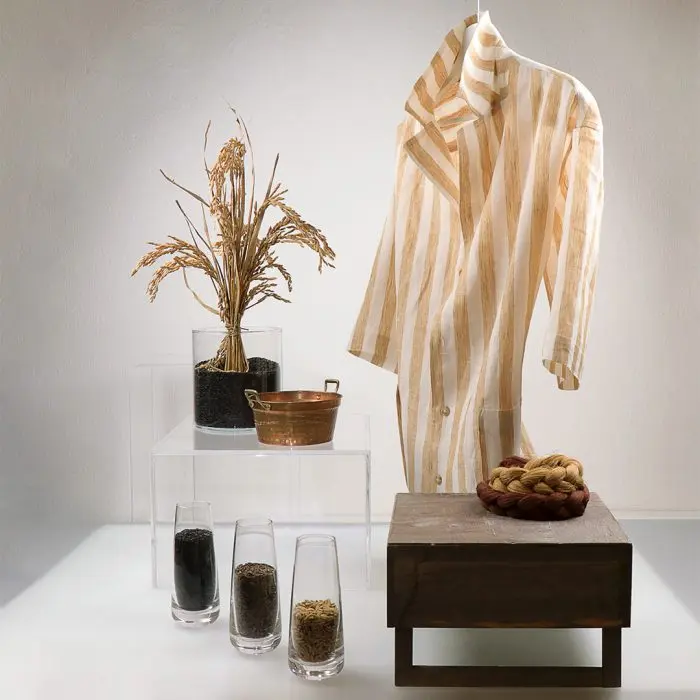
As mentioned earlier, another method recently used by companies is the bacterial dyeing process.
The first phase of the process involves the creation of an engineered microorganism that produces the pigment just as it occurs in nature. Once the engineered microorganism is created, the next step is “fermentation”. In this phase, the microbes are inoculated inside a bioreactor containing water and sugar, and which has an optimum temperature for the multiplication of the microorganism used. Once this phase is complete, the bioreactor is full of pigments ready to be used directly in standard dyeing machines.
Compared to conventional dyeing, this process allows for the reduction of chemical use and carbon dioxide emissions.
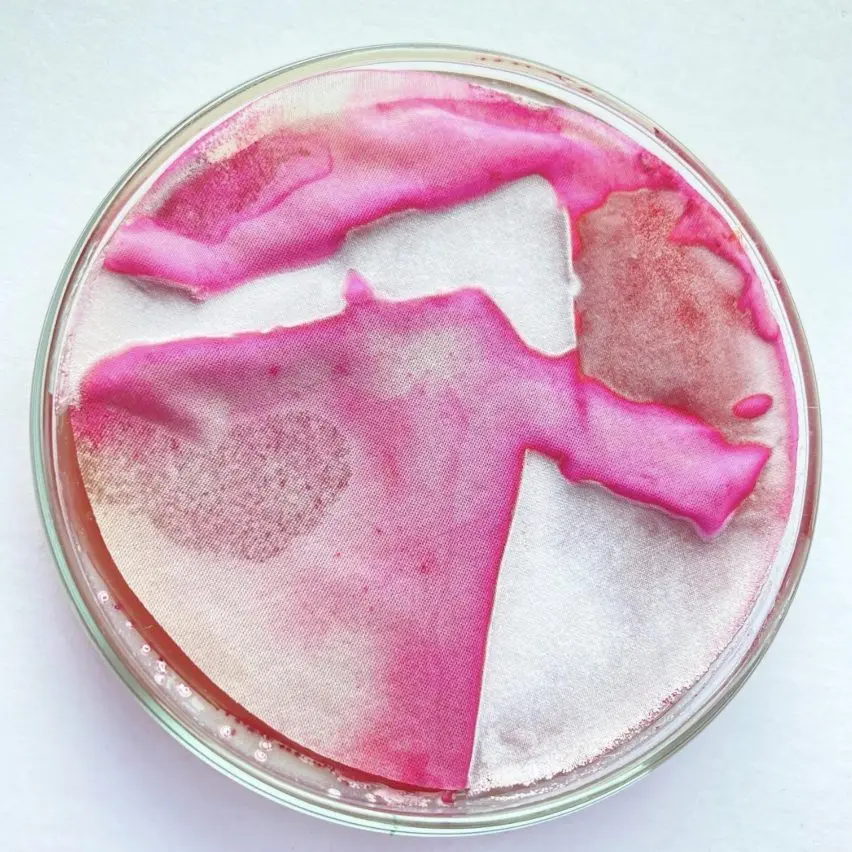
Do you want to be up-to-date on the latest trends and news about your industry?
Subscribe to Material ConneXion Materials Insights. Browse contents and reports on innovative materials in The Stacks platform, and access the Materials Library database with its 10,000+ innovative materials from manufacturers around the world. Write us.

